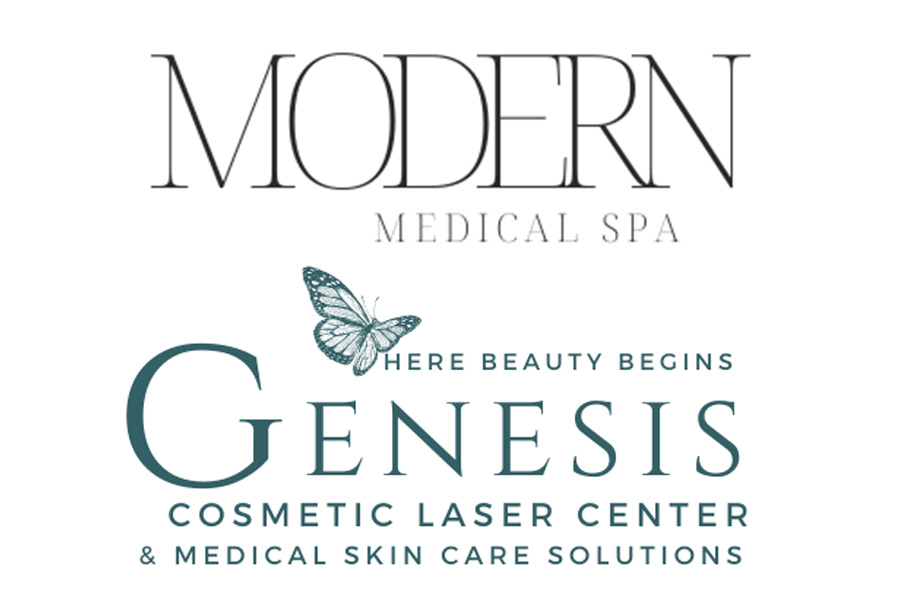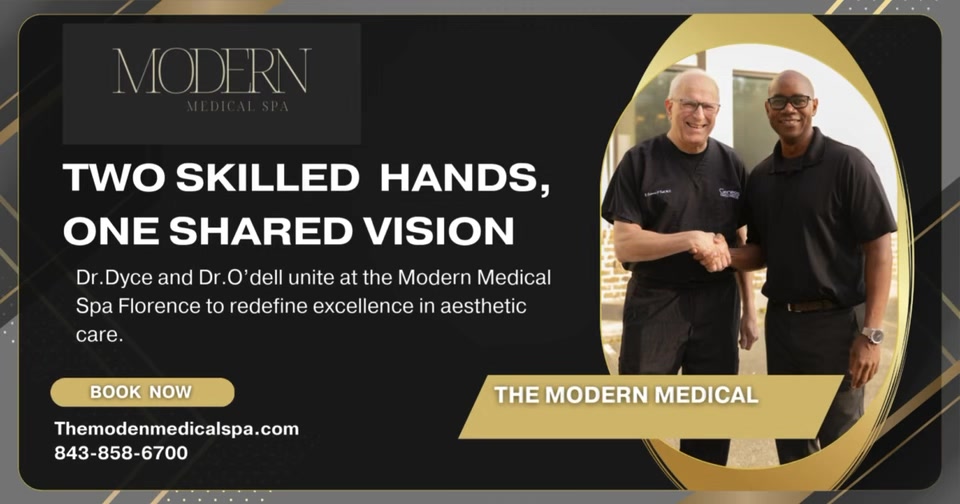PRP Therapy
Florence SC
Treatment Type
Injectable
What PRP Therapy Treats
Fine Lines/Wrinkles
Acne Scarring
Restore Facial Volume
Stimulate Collagen Production
Revamps Tone/Texture
PRP Therapy Benefits
No Downtime
Safe for all skin types/tones
Highly targeted/customizable treatment
Complementary Treatments
Downtime
No Downtime
Number of Treatments
Requires Consultation
PRP Therapy FAQs
What Is Platelet-rich Plasma (PRP)
Blood is more than a mere fluid that flows through our veins. It comprises various essential components, such as red and white cells and platelets, which are known for their clotting ability and growth factor properties. Platelet-rich plasma (PRP) is a concentrated form of blood that contains five to ten times more platelets and growth factors than normal blood. To produce PRP, we draw blood from the patient and utilize a machine to separate and increase the concentration of platelets. These platelets are then blended back into the rest of the blood.
Although the exact mechanism behind PRP remains a mystery, the growth factors present in PRP can aid in accelerating the healing process. As such, PRP is used to treat injuries in areas such as ligaments, cartilage, and tendons, which typically have limited healing properties. Unlike other treatments that only alleviate pain, PRP targets the underlying cause of the discomfort, resulting in long-term relief.
But that's not all! PRP isn't just a solution for injuries; it's also a natural alternative to synthetic fillers for facial rejuvenation. When PRP is injected into the face, the growth factors stimulate the formation of new blood vessels and collagen, enhancing skin tone and texture while reducing wrinkles. Essentially, it's like having a fountain of youth coursing through your veins!








